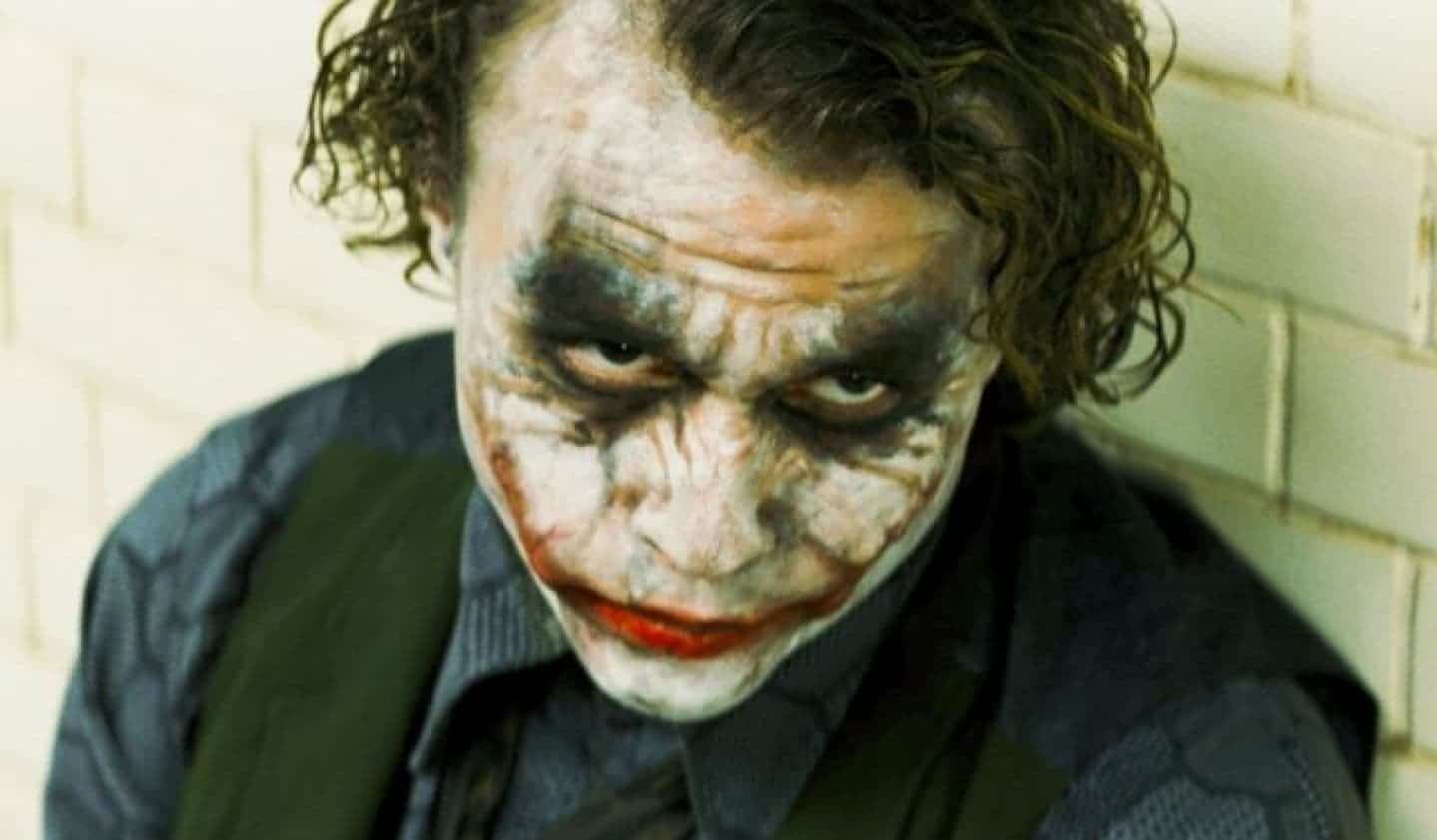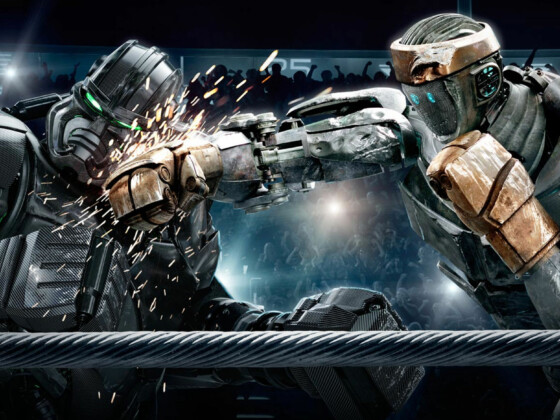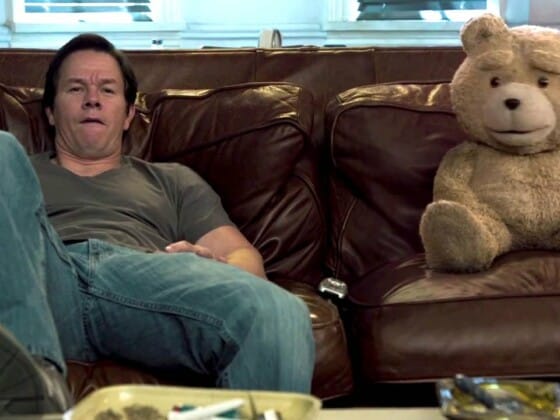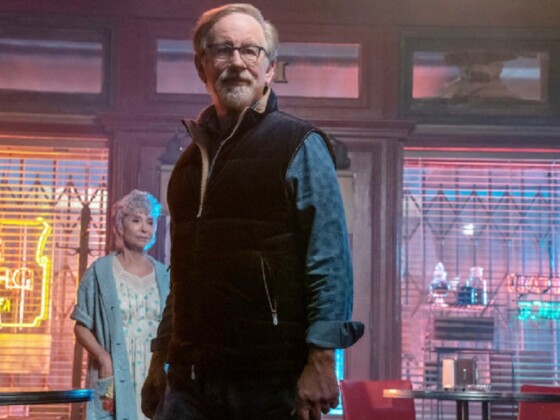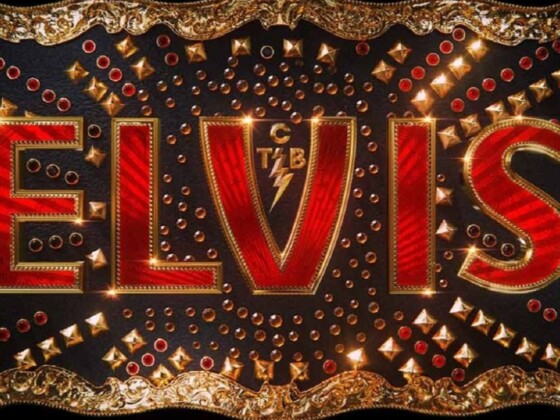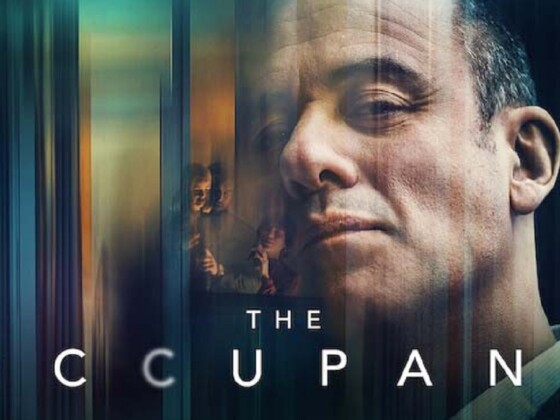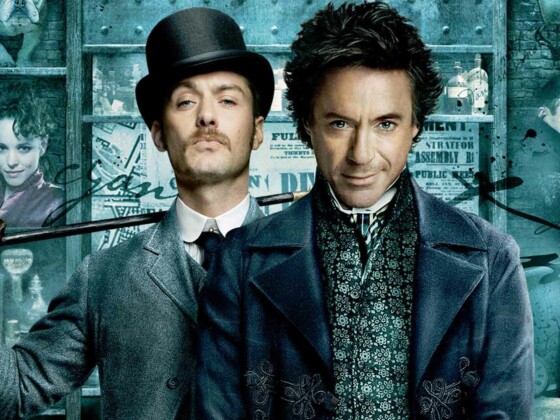In media portrayals of fiction, heroes capture the liking and appreciation of viewers. Fan bases build around them due to their embodiment of everything good with the world, with them being there at the end of it all to “save the day”.
A Shift in What Makes a Villain
Few villains, a handful, have been able to achieve this feat, such as MegaMind, New Goblin (Spiderman 3) and Sandor Clegane (Game of Thrones). But one won’t be wrong in pointing that the liking came due to their redeeming role alongside the actual heroes. In stark contrast to such an effect of villains, Heath Ledger’s Joker barged into the imagination and liking of comic fans and film critics alike, with the release of The Dark Knight. An embodiment of madness, hysteria and pure evil, Ledger’s horrifying yet capturing performance set a benchmark on how the character of the Joker, if not any villain, has to be portrayed.
The Joker is one of the most recurring roles in comic fiction. Jack Nicholson, Jared Leto and Joaquin Phoenix have all donned the persona of the maniacal villain with the evil laugh. But if Ledger’s Joker is one of many faces emerging in our minds when we consider villains, it is because of the utter brilliance with which the role was executed.
Props for creation of an icon
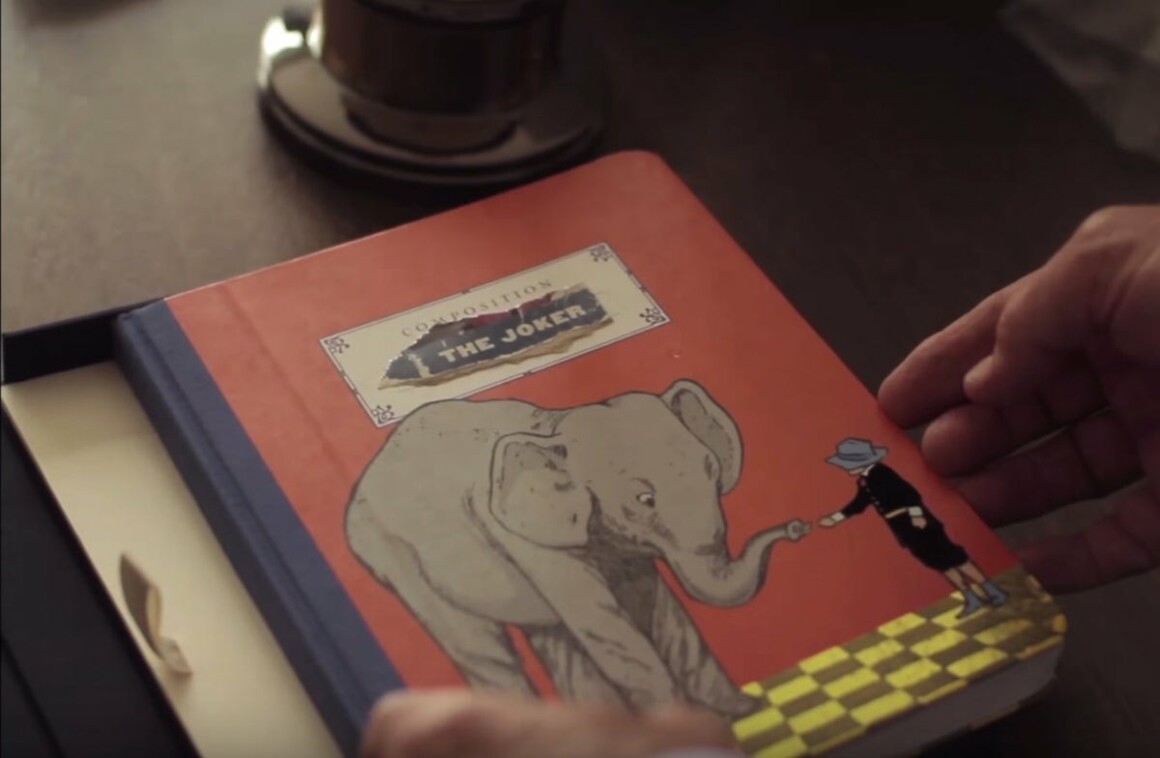
Heath Ledger is one of the handful of actors who were presented with the academy awards posthumously. He won Best Supporting Actor in 2009 for his role. His death from an overdose of medication came as a shock to fans, as they savoured his performance on screen. Reports followed on how Ledger maintained a rather unorthodox approach to prepare for the role.
It included locking himself up in a hotel room for six months at a stretch, and experimenting with voices and laughing styles to build the psychopathic character. He would meditate over his acts and thoughts, trying to be one with the lip-smacking villain’s mind.
But a puzzling discovery was a diary. It contained writings and pictures that he used to gain inspiration from and to prepare for, which would eventually be, the biggest role in his lifetime.
In a 2017 documentary titled Too Young To Die, his family revealed snippets from the mysterious diary that he kept. It is now infamously called the “Joker Diary”.
Unboxing the Joker Diary
The Joker Diary seemed to be a cryptic work with random writings and scribblings of Ledger’s thoughts, acts and improvisations that he tactfully used to develop the personality of the Joker. While isolating himself was normal to his acting routine, the diary came as a surprise to his family. Although the majority of the content could not be known, the snippets revealed a few clues which he could have used to incorporate and improve upon the persona of the Joker.
Images of Alex DeLarge of A Clockwork Orange
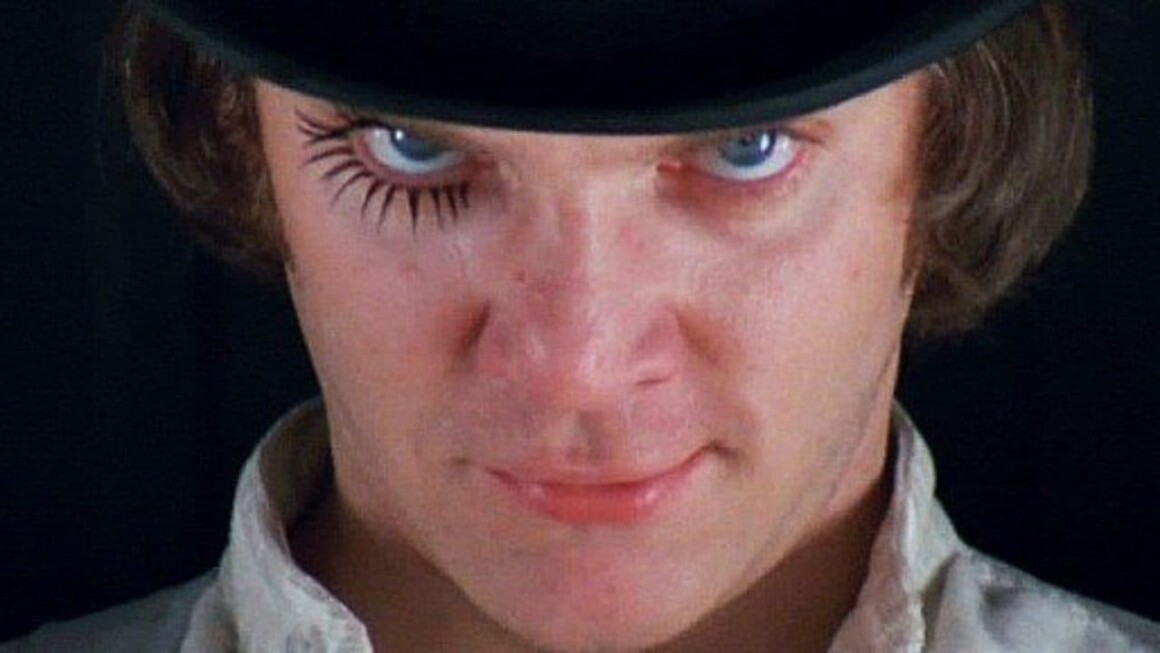
In more than one place, the images of the fictional psychopath Alex DeLarge, a sadistic killer who terrorizes people for the sake of fun, were pasted. Director Christopher Nolan revealed that he asked Ledger to imitate the personality of the psychopath, along with other things like listening to Heavy Metal music. This was to form an idea about the character he wanted to imbibe in the villain.
Heath Ledger seemed to have developed his facial expressions on the cold “Kubrick Stare” and perfected his dialogue delivery by taking effect from the character of the serial killer.
Taking a laugh from Hyenas
The diary contained images of hyenas, which Ledger seemed to use to perfect the menacing yet disturbing laugh of his Joker. The high-pitched cackle generally sounds a bit awkward coming from a predator such as a hyena.
The Joker’s maniacal laugh is synonymous with the character. Ledger seemed to have wanted to maintain a uniqueness from the previous renditions of the laugh. The actor might have thought it fitting to add on the laugh of hyenas to form the absurd yet chilling effect of the Joker’s presence.
Lines from the Hospital Scene
The diary had pages describing the famous hospital situation where the Joker encounters Harvey Dent, aka Two Face. The scene where he fumbles with the remote switch when the hospital explodes is especially memorable. The filmmakers have said that it was one of the many improvisations that Ledger did to the character.
The Hint of a Farewell
Towards the end of the diary, the words “Bye Bye” are scribbled in large letters. This only adds to the bizarre nature of the entries, with some fans theorizing that it was Ledger’s cue to his own death. Although this seems to be a fitting evidence of Ledger’s hint to his last big act, his family has rubbished these claims, saying Ledger had plans to return in the third installment of The Dark Knight trilogy. But even then, the words seem to continue to haunt the imagination of Joker fans.
The diary also included pictures of clown makeup, the word “chaos” in green color, and random words such as AIDS, blend babies, statistics and landmines. All being things that the Joker might find funny, thus aligning to his personality.
Heath Ledger is also reported to have used the diary as a handbook between scenes. The diary probably helped him to hold on to the Joker throughout the shooting.
Even with the odd circumstances in the timing of his death and the contents in the diary, one cannot argue with the claim that modern cinema has lost a young star way too early. Ledger’s performance was such that veteran actor Michael Cine admitted in an interview that he forgot his lines while shooting a scene as he became terrified of the Joker’s appearance.
He was even said to have involved himself heavily in the Joker’s makeup and costume selection, which simply shows the effort that he put into the creation of the pop culture icon. Heath Ledger’s awe-inspiring act has successfully carved a place for his Joker in the minds of film viewers and comic fans.
